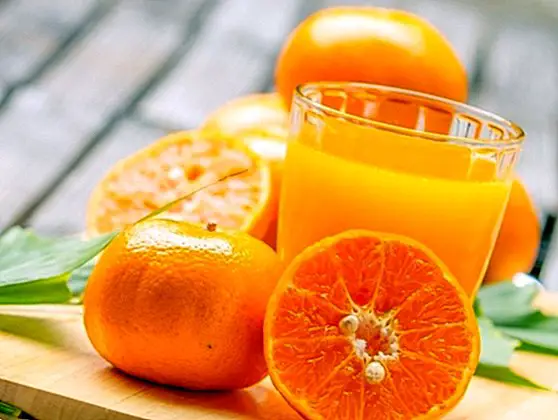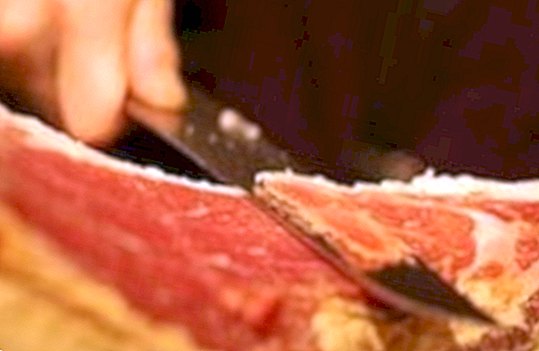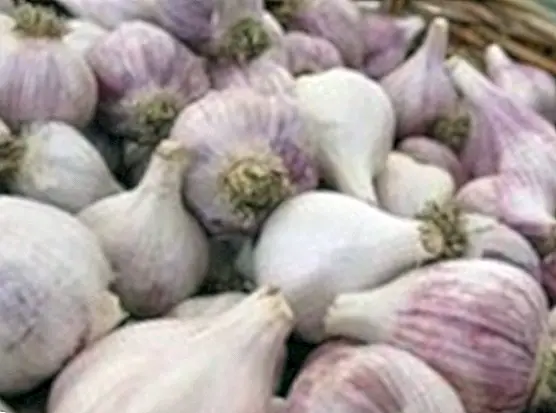Monosodium glutamate: what it is, side effects, risks and how to find it
Despite being used for many years before, it was not until 1968 that the controversy erupted over the monosodium glutamate, after Dr. Robert Ho Man Kwok described in different medical reports a series of symptoms that some of his patients felt after eating Chinese food.
A painting that was later baptized -or known- with the name of the Chinese restaurant syndrome in relation to the fact that it is a food additive used especially in Asian restaurants, although in reality we have a flavoring or aroma enhancer used equally in other types of cuisine as well as in the food industry itself.

Its possible risks and effects on health have aroused much controversy especially since the controversy arose in the 1960s. Since then, doubts about the safety of their consumption have continued.
What is the monosodium glutamate?
It consists of an acquaintance food additive whose main function is that of improve the taste of some processed foods and food products. For example, in the food industry it helps that, among other aspects, processed meats and dressings have a better flavor, that frozen food has a fresher flavor, and that canned foods do not have a metallic flavor.
And is that combined with other ingredients is able to enhance and accentuate the flavor of food, thereby increasing the palatability of them.
We could define it as an additive that has the ability to "cheat" our body, making us believe from an organoleptic point of view, that food tastes much better when in reality it is not like that.
Explained more technically, we can say that monosodium glutamate is characterized by being the sodium salt of the glutamic acid (Being a protein we find it in most foods rich in proteins). That is, it contains 78% free glutamic acid, 21% sodium and up to 1% contaminants.
It is obtained through a fermentation process from certain products, such as sugar cane or some cereals. After going through this process goes through a process of refining until pure monosodium glutamate is obtained, composed of glutamate or glutamate acid, water and salt.
Being a food additive is also known by the name of E-621, although in turn you can find it in certain foods if its nutritional label puts hydrolyzed protein or autolized yeast extract.

How can we find it in food?
If you want to find out if the food products you consume usually have monosodium glutamate among its ingredients (or you even want to start thinking about it at the time of shopping and being in the supermarket), just take a look at the labeling of the food ...
It is common to find it under the denomination E-621, or also as monosodium glutamate, MSG, Chinese salt, umami or ajinomoto.
Is the consumption of monosodium glutamate dangerous?
Although it has been linked to the Chinese restaurant syndrome, the truth is that many scientific studies have not been able to demonstrate a connection between these symptoms and the presence in Chinese food of monosodium glutamate.
It is true that these symptoms can appear, above all, in those people who are particularly sensitive to food additives, and especially to said additive. On the other hand, certain side effects have been identified that tend to appear after the consumption of foods containing this additive in their composition, although they have not been related to the appearance of such effects in our body, hence their use is allowed in the food industry.

In fact, some scientific studies conducted in rodents have shown that this additive is capable of affect the brain, causing for example the decrease of the hormone leptin, which intervenes in the control of our body weight and our appetite. Different side effects have also been observed after the injection of monosodium glutamate, such as alterations of different organs associated with endocrine function, female sterility, obesity and neurological damage.
Due to the controversy caused, the American Society for Nutritional Sciences carried out a study to evaluate the safety of this additive. The conclusion? While it is true that there may be people more sensitive to its consumption, it is not possible to confirm its toxic and / or carcinogenic effects, ruling out possible effects on reproductive health. It is considered even a safe consumption of up to 16,000 mg. per kilogram of body weight.
Side effects of monosodium glutamate
Monosodium glutamate is considered a neurotoxin, which means that it overstimulates neurons, even taking them to a state of exhaustion as a consequence of this artificial stimulation, while at the same time being capable of damaging the nervous system.
Despite this, it is an accepted food additive, and commonly used in many foods, and especially and more especially in the well-known Chinese food sold in many Asian restaurants. But it is not the only one. We can also find it in frozen products, broths and even in bottled soups.
As shown in many related scientific studies, the consumption of foods containing this additive, especially in high amounts, can cause headaches, nausea, migraines, muscle spasms and allergies. While, in more serious cases, it can cause epileptic seizures, anaphylaxis, depression and heart problems or irregularities.

The Mayo Clinic itself identifies this additive as a cause of side effects such as nausea, dizziness, excessive sweating, tachycardia, chest pain and physical weakness. It's more, its use is not advised in people who usually suffer from headaches such as headaches and migraines, as well as cluster headaches, because it can cause and / or increase attacks.
But as we have indicated, side effects would appear especially in people sensitive to this additive, considering it safe and without risks to our health as long as it was not consumed in large quantities.
More information:
- Attenuation of leptin-mediated effects by monosodium glutamate-induced arcuate nucleus damage (American Journal of Physiology - Endocrinology and Metabolism).
- Brain Lesions, Obesity, and Other Disturbances in Mice Treated with Monosodium Glutamate (Science).
- The Safety Evaluation of Monosodium Glutamate (The Journal of Nutrition).
- Consensus meeting: monosodium glutamate - an update (European Journal of Clinical Nutrition).



